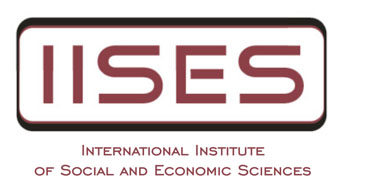Proceedings of the 15th International Academic Conference, Rome
CAPITAL STRUCTURE – ROMANIAN AND EASTERN-EUROPE COMPANIES
LIVIU-ADRIAN ȚAGA
Abstract:
This paper analyses company’s capital structure using a sample of listed companies on a ten year period. It mainly tackles one of the most debated issues in corporate finance, the relationship between profitability and debt level of a company. Shareholder funds are considered at book value, while profitability is counted as profit on total assets. The study tries to answer the question of whether the structural changes in Romanian economy, regarding cost and availability of capital, have affected, or were affected by the profit making capacity of companies. After analyzing Romanian companies sample, the new objective was to compare it with a set of listed companies from emerging economies of Eastern Europe member states. By this it was intended to compare the results and see if there is any particularity for Romanian firms. Linear regression method is used through a panel data random effects model. Results confirmed past studies as negative relationship between leveraging and profitability was found. This finding is in line with pecking order theory of capital structure and contradicts trade-off and signal theory for Romanian listed companies.
Keywords: capital structure, performances, trade-off theory, leverage, pecking order theory, Romania, panel data
DOI: 10.20472/IAC.2015.015.177
PDF: Download

